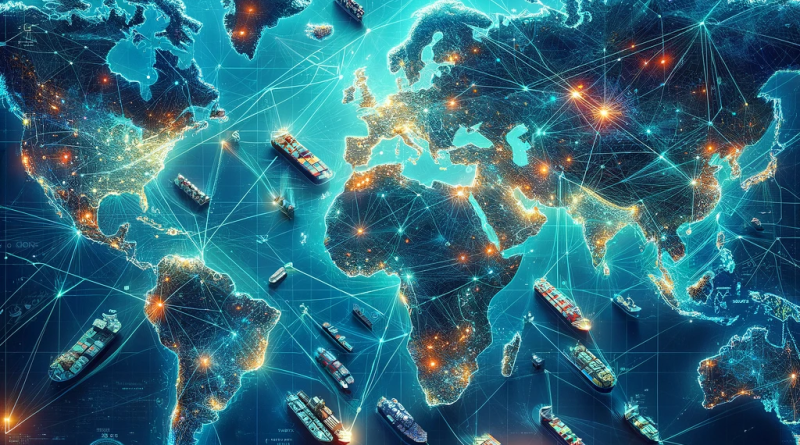S&P Global Strategies for Future-Proofing Global Supply Chains
The landscape of global supply chains stands at a pivotal juncture, challenged by an array of forces from geopolitical shifts to environmental concerns. Drawing upon the latest insights from S&P Global’s Look Forward research series, delves into the complexities of these supply chains, forecasting the critical themes set to redefine global trade dynamics up to 2030 and beyond.
The Backbone of Global Economy: Trade and Supply Chain Expansion
Global trade, the engine of the world economy, is projected to outpace GDP growth with a compound rate of 3.3% through to 2028. This expansion is largely attributed to the burgeoning markets of Southeast Asia and other emerging economies. These regions are poised to lead the charge in supply chain development, marking a significant shift in the global trade landscape.
In a world where national security increasingly intersects with economic strategies, supply chain policies are undergoing substantial revisions. The rise of protectionism, safeguarding of resources, and imposition of sanctions are reshaping trade patterns. This evolution signals a departure from globalization towards a more fragmented trade environment, potentially heightening inflationary pressures.
Financing and Investment Trends: The Cost of Resilience
The pursuit of supply chain resilience faces financial headwinds, with companies grappling with higher financing costs. These economic constraints are leading businesses to prioritize strategies that mitigate risk while enhancing profitability. Reshoring and technological advancements emerge as key tactics in this balancing act, as firms seek to navigate the uncertainties of the global market.
Workforce Dynamics and Sustainability Challenges
The disparity in workforce growth between developed and developing nations presents another layer of complexity. This imbalance could disadvantage supply chains in industrialized markets, compounded by political hurdles to cross-border labor mobility. Moreover, the container shipping industry, which accounts for 45% of global trade value, confronts significant obstacles in funding its decarbonization efforts, underlining the sustainability challenges ahead.
The evolving dynamics of global supply chains underscore the strategic importance of adaptability and foresight. As businesses and policymakers navigate this terrain, the insights from S&P Global’s research offer valuable guidance. By understanding these trends, stakeholders can devise strategies that not only respond to current challenges but also capitalize on future opportunities.
In an era marked by disruption and transformation, the resilience and strategic reorientation of global supply chains are imperative. The journey ahead demands a nuanced understanding of the forces shaping global trade, a challenge that industry leaders and policymakers must meet with innovation and collaboration.
